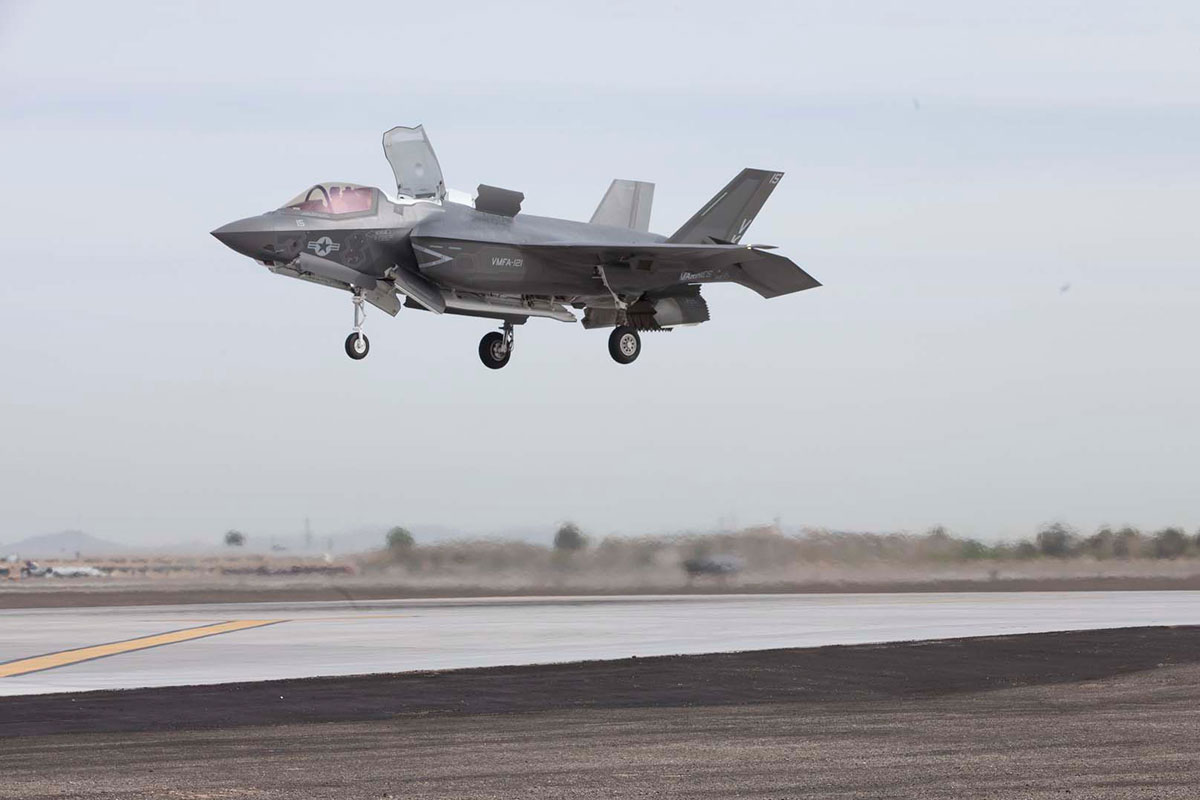SOURCE: AFI


Not many will remember but In 2010, the Indian Navy was considering the Lockheed Martin F-35 for its future aircraft carrier fighter requirements, a move that generated significant interest. At the time, Lockheed Martin’s Vice President of Business Development for India, Orville Prins, confirmed the company’s intent to respond to the Indian Navy’s Request for Information (RFI) with two F-35 variants: the STOVL (Short Takeoff and Vertical Landing) F-35B and the carrier-based F-35C.
While the F-35B initially appeared a more logical replacement for India’s aging Sea Harrier jump jets due to its vertical landing capability, the possibility of using the F-35C, designed for steam catapult launches, was also explored. Lockheed Martin conducted simulations and analyses to evaluate the F-35C’s capability to take off from India’s ski-jump carriers without needing a catapult system.
Despite these studies, Lockheed Martin’s sales pitch to the Indian Navy went cold, and eventually, India did not pursue the F-35 for its carrier fleet. Instead, over a decade later the Navy chose to procure Dassault Aviation’s Rafale M after evaluating multiple platforms, including Boeing’s F/A-18 Super Hornet, which also lost out in the final tender for 26 deck-based fighters. Several factors influenced this decision.
India’s aircraft carriers, such as the INS Vikramaditya and the newly commissioned INS Vikrant, are designed with ski-jump ramps for short takeoffs. The F-35C, built for catapult-assisted takeoffs, would require significant modifications or limitations to operate from these carriers. Although Lockheed Martin conducted studies to explore the possibility of the F-35C taking off from ski-jumps, the Indian Navy remained unconvinced of its feasibility over long-term operational use, particularly considering the unique stress and strain parameters associated with these launches.
Additionally, the F-35B variant, with its STOVL capability, was considered less attractive due to its more limited payload capacity and range compared to conventional carrier-based fighters like the Rafale M. Given the strategic importance of power projection and longer missions, the Indian Navy prioritized a more capable fighter that could operate from its ski-jump carriers without major compromises.
The high cost of operating and maintaining the F-35 was another significant factor that weighed against its selection. The F-35 program, particularly in its early stages, was known for facing technical delays, cost overruns, and challenges with sustainment. The cost of the F-35’s advanced stealth technology, complex sensor systems, and the logistics involved in integrating such a platform into India’s relatively nascent carrier aviation infrastructure would have been a substantial financial burden.
On the other hand, the Rafale M offered a more cost-effective option, with the added advantage of logistical and operational commonality with the Indian Air Force’s Rafale jets. This alignment reduced training and maintenance complexities, providing long-term savings and operational synergy.
The Rafale M has a proven operational record with the French Navy and is designed for carrier-based operations from similarly equipped aircraft carriers. Unlike the F-35, which has a more complex and evolving logistics chain, the Rafale M’s systems were deemed more reliable, with fewer risks associated with integrating the aircraft into Indian carrier operations. Furthermore, the Rafale M has demonstrated its compatibility with India’s ski-jump carrier system during tests in 2022, a crucial requirement that the Indian Navy could not overlook.